
 1 / 10
1 / 101. Asia: Stocks in Asia Pacific were higher in Monday morning trade as the number of reported Covid-19 cases globally crosses the 25 million mark. In Japan, the Nikkei 225 gained 1.34 percent while the Topix index advanced 1.26 percent. Meanwhile, South Korea’s Kospi rose 0.93 percent. The S&P/ASX 200 in Australia hovered above the flatline. Overall, the MSCI Asia ex-Japan index traded 0.19 percent higher, reported CNBC International. (Image: Reuters)

 2 / 10
2 / 102. US: U.S. stock futures rose on Sunday night as traders were set to end the market’s best August performance since the 1980s. Dow Jones Industrial Average futures were up 141 points, or 0.5 percent. S&P 500 and Nasdaq 100 futures gained 0.5 percent and 0.6 percent, respectively. The August rally built on the market’s sharp rebound off the March 23 intraday lows. Since then, the Dow and S&P 500 are up 57 percent and 60.1 percent, respectively, reported CNBC International. (Image: AP)
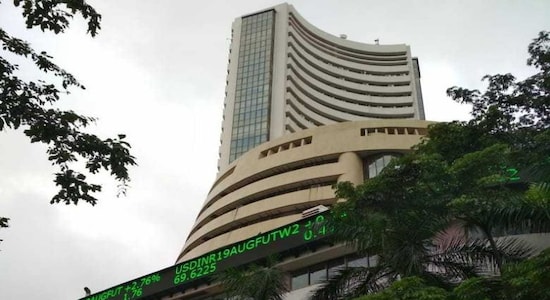
 3 / 10
3 / 103. Market At Close On Friday: Indian indices ended higher for the sixth consecutive session on Friday lifted by gains in financial stocks. Heavyweights ICICI Bank, Axis Bank, Kotak Bank, IndusInd Bank, SBI, and HDFC contributed the most to the benchmarks. The Sensex ended 354 points higher at 39,467 while the Nifty rose 88 points to end at 11,647. For the week, the indices rose around 2.5 percent. The benchmark indices have climbed close to 5 percent this month on signs that business activity is picking up and global optimism around potential coronavirus vaccines. (Image: Reuters)

 4 / 10
4 / 104. Crude Oil: Oil prices inched lower on Friday as Hurricane Laura passed the heart of the U.S. oil industry in Louisiana and Texas without causing any widespread damage and companies were beginning to restart operations. Brent crude futures for October, set to expire on Friday, were down 5 cents to $45.04 a barrel. West Texas Intermediate crude settled 7 cents, or 0.2 percent, lower at $42.97 per barrel. Both benchmarks were on track for weekly gains of about 1.4 percent, with WTI headed for a fourth straight weekly rise, reported CNBC International. (Image: Reuters)
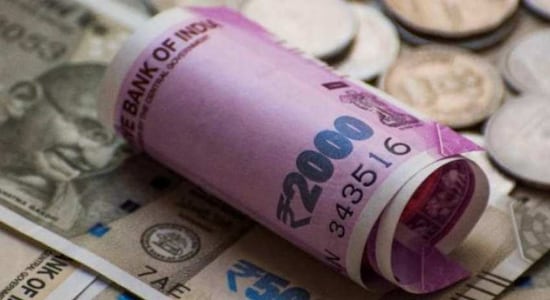
 5 / 10
5 / 105. Rupee Close: The Indian currency ended nearly at 6-month high on Friday amidst weakness in the dollar overseas and the gains in domestic equities. The rupee ended at 73.40 against the dollar as compared to the Thursday's close of 73.83. (Image: Reuters)

 6 / 10
6 / 106. Unlock 4: The Ministry of Home Affairs (MHA) on Saturday has issued new guidelines for opening up of more activities in areas outside the Containment Zones. In Unlock 4, which will come into effect from September 1, 2020, the process of phased re-opening of activities has been extended further. Under the new guidelines, states are not to impose any local lockdown (State/ District/ sub-division/City/ village level), outside the containment zones, without prior consultation with the central government. The MHA said there shall be no restriction on inter-State and intra-state movement of persons and goods. No separate permission or e-permit will be required for such movements. (Image: Reuters)

 7 / 10
7 / 107. Centre On GST Compensation Row: The Centre , in a detailed 12-page letter to States and Union Territories detailing the options to bridge the GST compensation gap, has categorically refused to borrow, and stuck to the offer made by Finance Minister Nirmala Sitharaman to the GST Council on August 26. In the letter, the Centre has said that it already faces a very large borrowing requirement this year. Additional borrowing would increase the yields on government securities and would have other macro-economic repercussions as well. "The yield on G-secs acts as a benchmark for State borrowing as well as private sector borrowing. Hence any rise in Central borrowing costs ipso facto drives up borrowing costs for all borrowers, including not only the States but also the entire private sector," said the letter. (Stock Image)
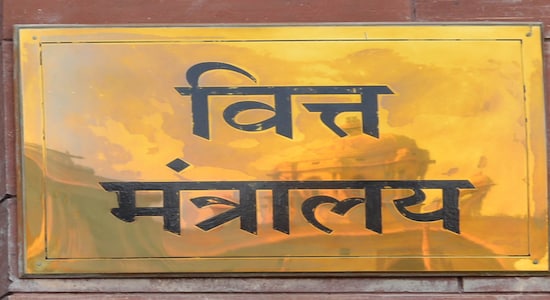
 8 / 10
8 / 108. Finance Ministry On Electronic Transactions: The Finance Ministry has advised banks against collecting any charge on transactions done through the electronic mode, sources told CNBC-TV18. The development comes after complaints emerged about some banks imposing and collecting charges on UPI transactions. Sources added that the ministry will also take action against banks demand payments on transactions. The ministry has also asked banks to immediately refund charges collected this year and not to collect such charges anymore.(File Photo: IANS)
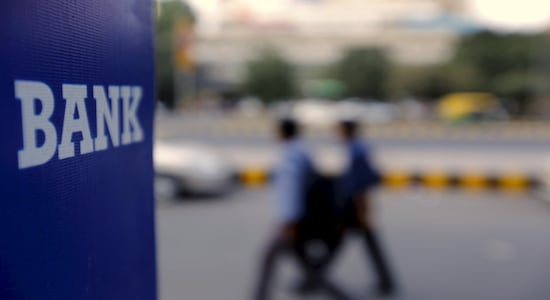
 9 / 10
9 / 109. Loan Moratorium Ends On August 31: August 31 marks the end of the six-month loan repayment holiday, or the 'moratorium' allowed by the Reserve Bank of India (RBI). The moratorium was meant to provide immediate relief to borrowers who were impacted because of the lockdown. As per their filings, and earnings concall with media and analysts, the total loans under moratorium stood at 31 percent of the outstanding bank credit for public sector banks. But as per RBI’s assessment of their book, 68 percent of PSBs' total loans remained unpaid. Hence, the current numbers being reported by lenders must be taken with a pinch of salt. Another way to look at potential stress is to look at loans that would have slipped into non-performing loans or NPLs, but were kept in standstill thanks to the moratorium. For some of the top private banks for instance, such loans are anywhere between 0.30-0.10 percent. (Image: Reuters)
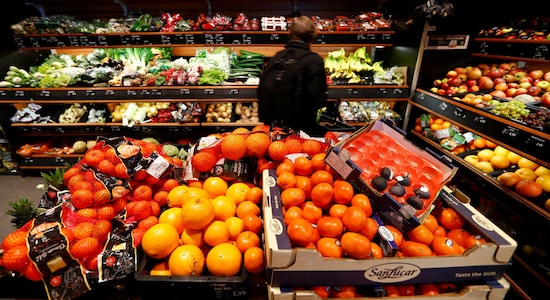
 10 / 10
10 / 1010. Analysts on GDP, Auto Sales Data: Domestic equity bourses in the coming week will be guided by Q1 GDP print, infrastructure output data for July and monthly auto sales numbers, which together will give an indication about the health of the economy, analysts said. During this data-heavy week, the investor focus will also remain on global market trends and COVID-19 updates like the number of infection cases and news related to the progress of vaccines. "This week, participants will be closely eyeing auto sales number and GDP data for cues on how the economy is progressing. Besides, monsoon progress and news updates related to COVID-19 would also be on their radar," said Ajit Mishra, VP-Research, Religare Broking Ltd. (Image: Reuters)

